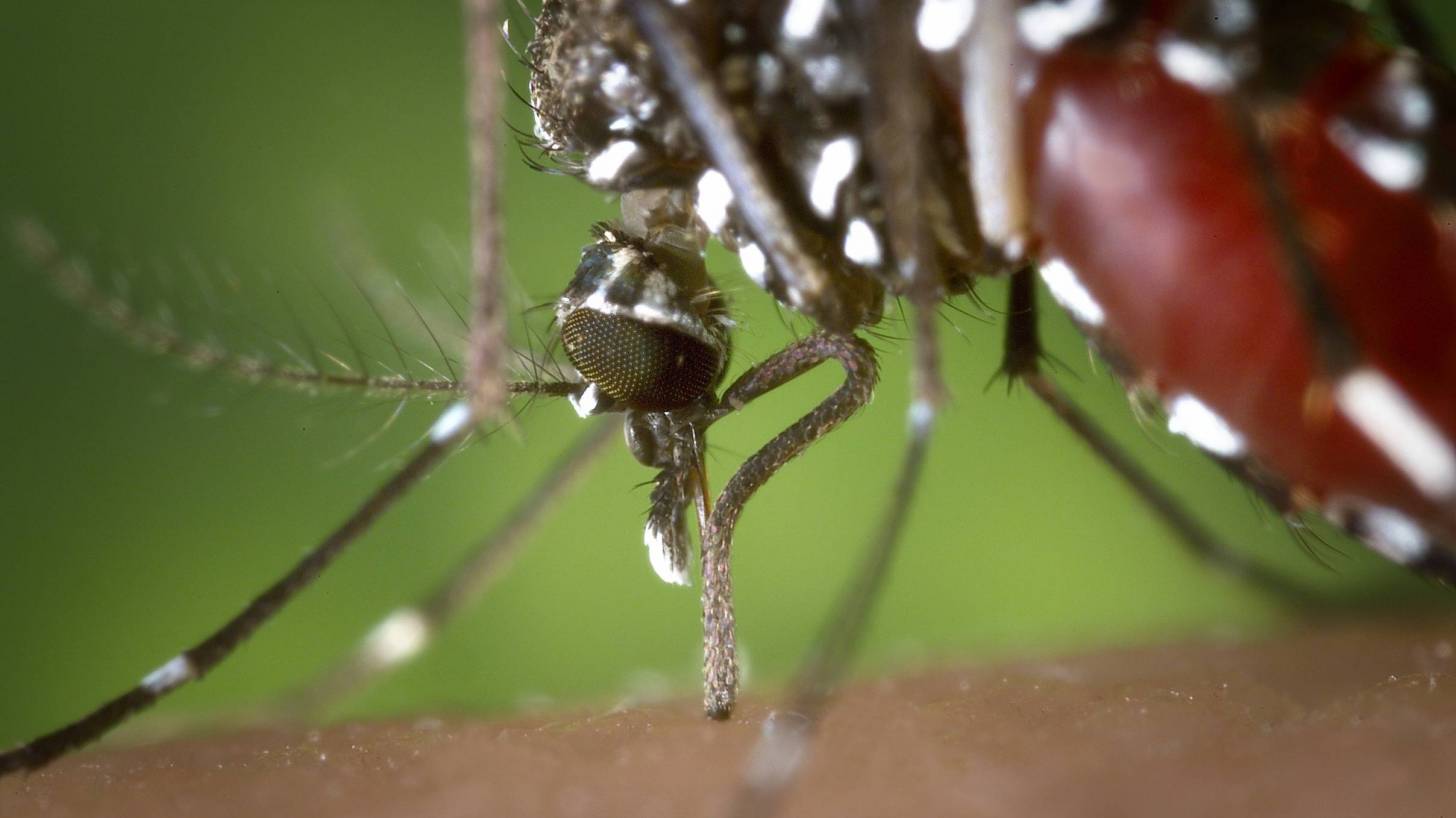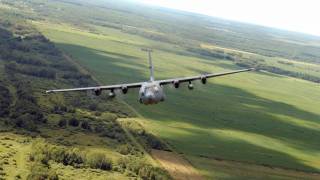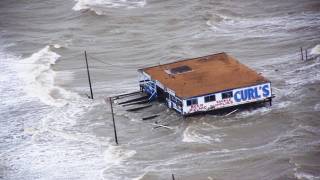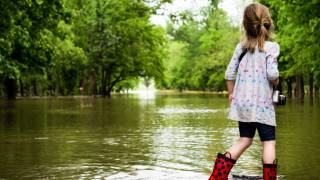Misconstrued Relationship Between Natural Disasters and Diseases

Texas officials said they are moving quickly to protect the Houston area from the next storm headed its way…. A mosquito outbreak.
Pest control specialists are warning that mosquitoes could be the next big storm to move into Houston.
As the floodwaters recede and form pools of stagnant water, they could become breeding areas for Aedes aegypti mosquitoes.
These mosquitoes are well known vectors for both West Nile and Zika viruses.
Texas Governor Greg Abbott said on September 5th that ‘local spraying already has been started to thwart mosquito breeding in floodwaters across Houston, and state spraying will begin within the next few days.’
In Harris County, health officials are testing and monitoring an area of 1,800 square miles and have already started spraying repellent in some areas.
Sandy Kachur, the Harris County Public Health Department spokeswoman said ‘‘some areas are still under water, preventing local officials from setting up mosquito traps.’
To fill in this gap, the Department of Defense has begun "wide-area spraying" as a third line of defense to prevent a mosquito invasion.
Governor Abbott said that ‘100 percent of the funding for the spraying will be paid by the federal government if it is done within the first 30 days after the storm, so state officials were quick to launch the initiative.’
"We think this will control what we think will be a meaningful mosquito outbreak in Harvey-ravaged areas, especially in and around Houston,” Abbott said.
State officials said the aerial spraying will kill the mosquito larvae in any standing or accumulated water.
This more aggressive mosquito control effort may include spraying of Naled.
Naled is an insecticide in the organophosphate family, a class of chemicals that includes nerve agents like sarin gas. They inhibit an enzyme involved in the nerve signaling process, paralyzing insects and triggering respiratory failure.
Recently, researchers at the University of Michigan (UM) School of Public Health and Center for Human Growth and Development found exposure to the chemical Naled was associated with 3-4 percent lower fine motor skills scores in children at age 9 months.
"Vector-borne diseases need to be thought out more completely in order to minimize other unintended consequences," said John Meeker, UM professor, and senior author and principal investigator.
A 2007 study in the Centers for Disease Control and Prevention (CDC) journal Emerging Infectious Diseases reported that Louisiana and Mississippi did not experience an increased number of West Nile Virus (WNV) cases immediately following Hurricane Katrina.
Katrina’s hurricane-force winds may have actually decreased the risk of WNV by killing birds and mosquitoes, and destroying their habitat.
"West Nile virus (WNV) is the much more serious mosquito-borne threat than Zika,” said Kristy O. Murray, DVM, PhD, of Baylor College of Medicine.
“And that threat may persist for years for patients who appear to have survived the infection unscathed."
Our Trust Standards: Medical Advisory Committee
- New study ties West Nile virus to risk of shorter life span
- Effect of Hurricane Katrina on Arboviral Disease Transmission
- Epidemics after Natural Disasters
- Epidemiology and Transmission Dynamics of West Nile Virus Disease
- Chemicals used to combat Zika, agricultural pests impact motor skills in infants
- West Nile





